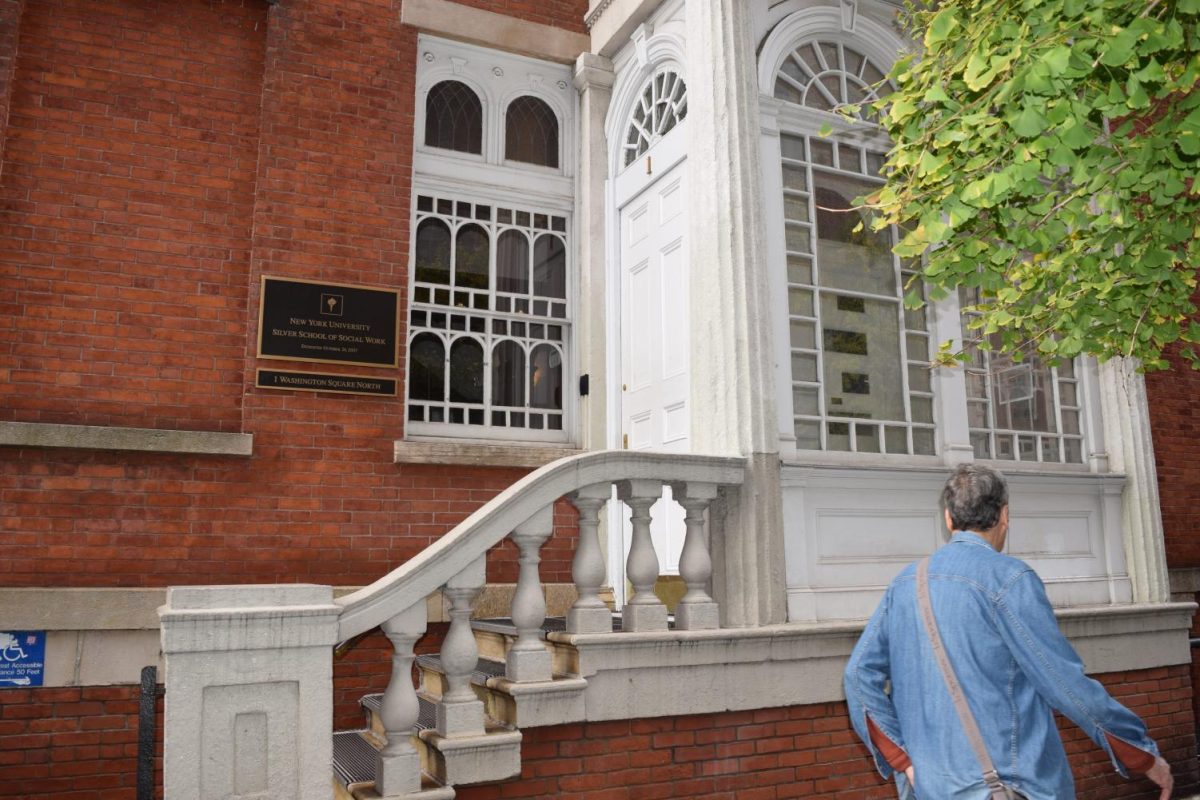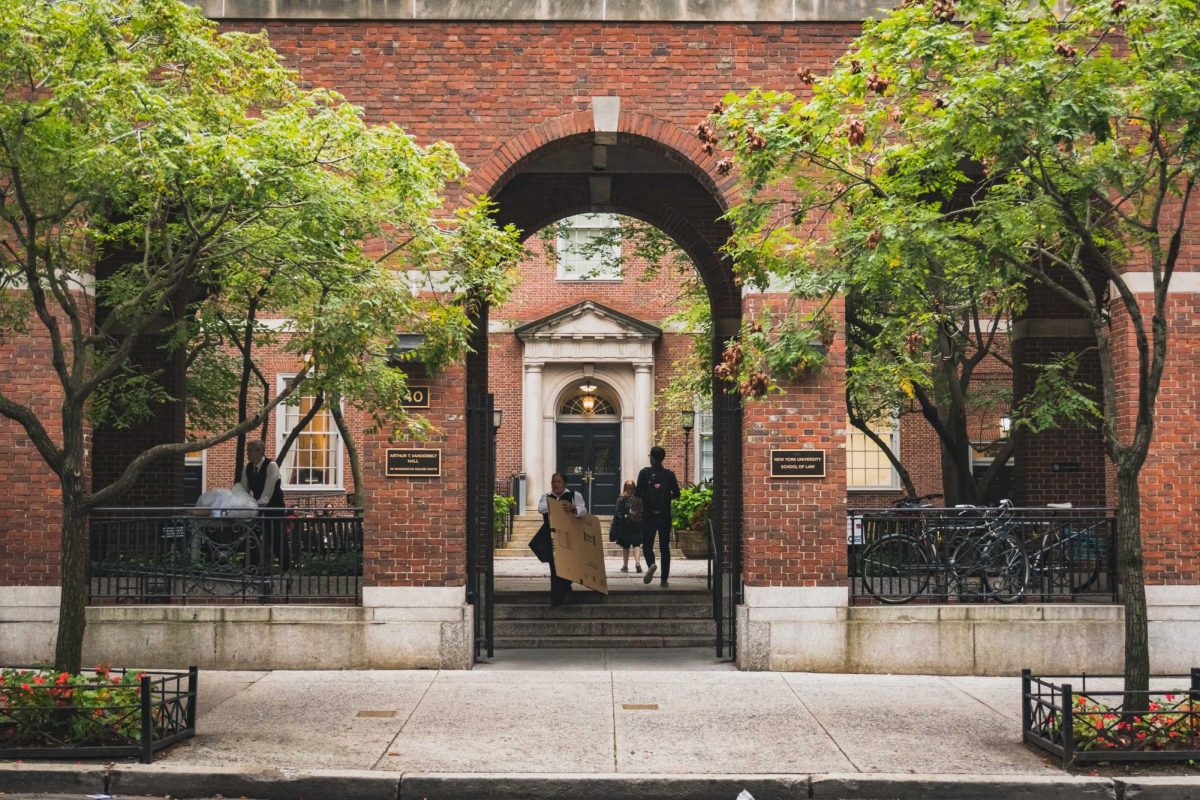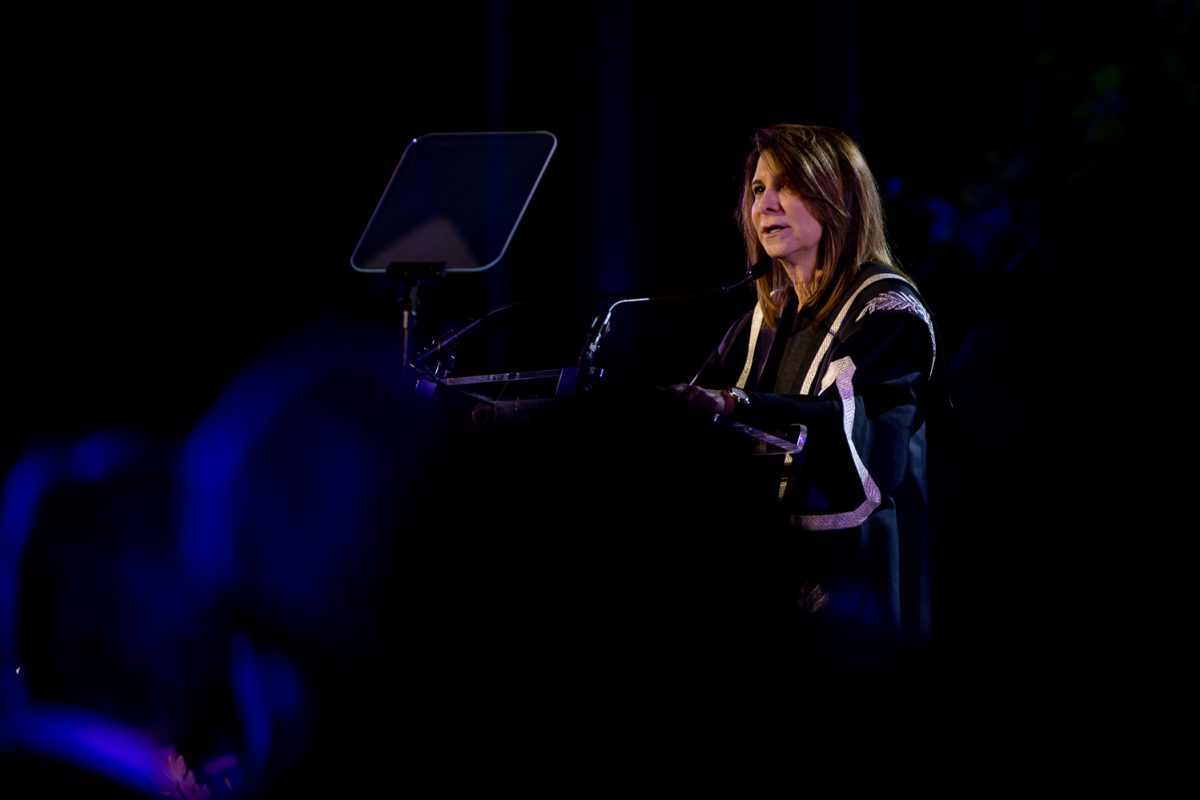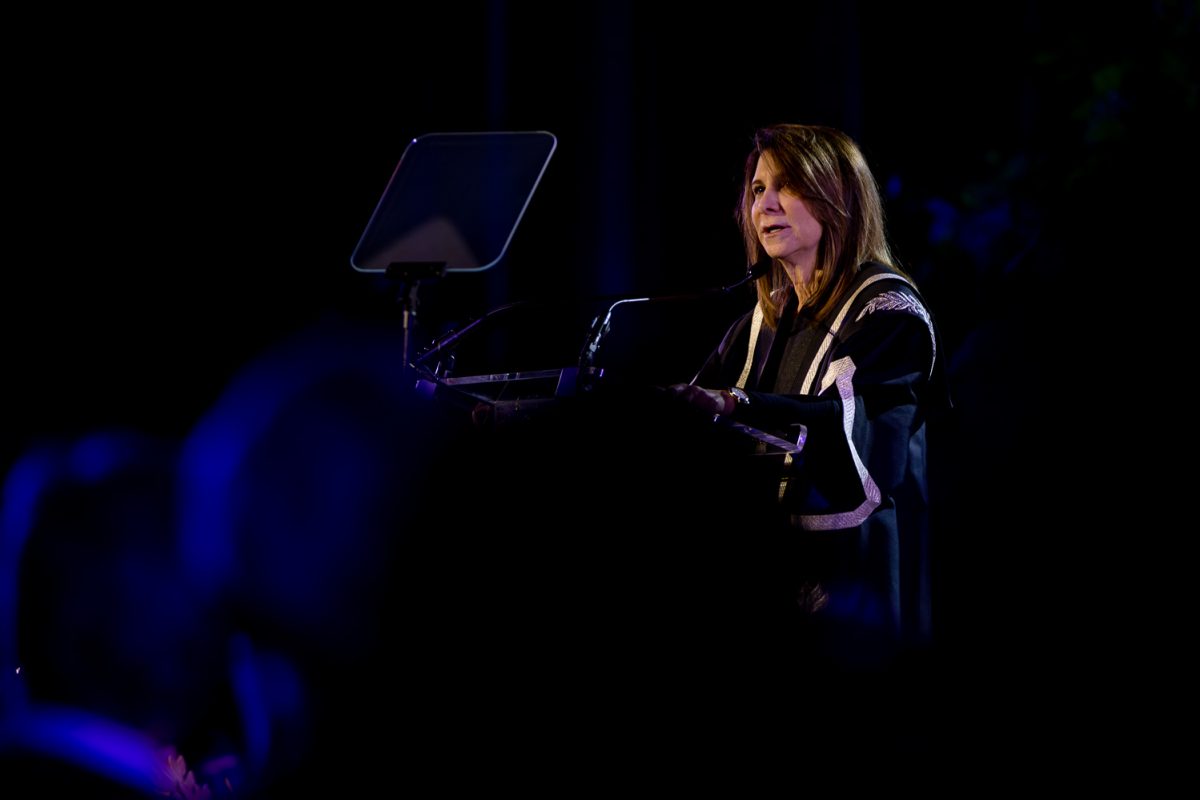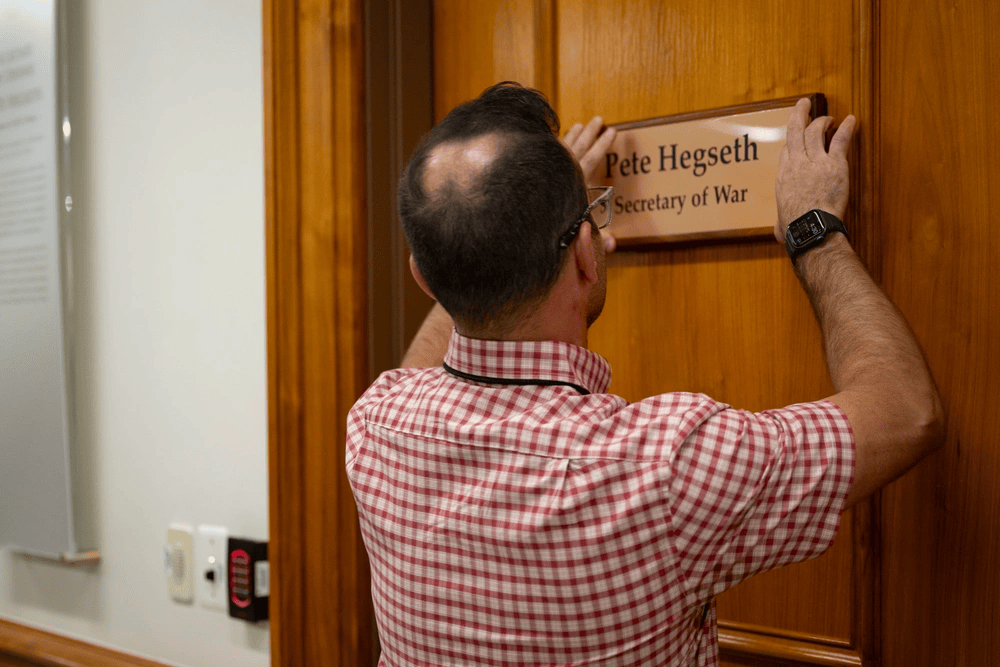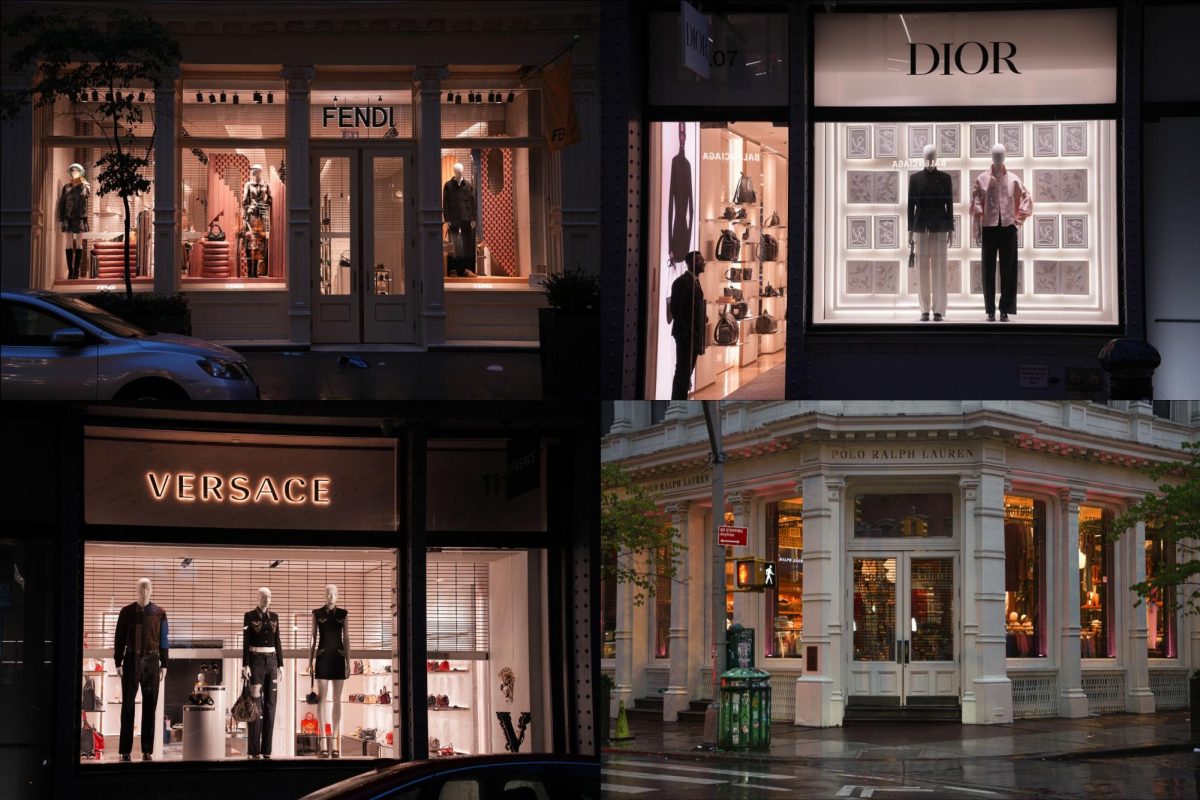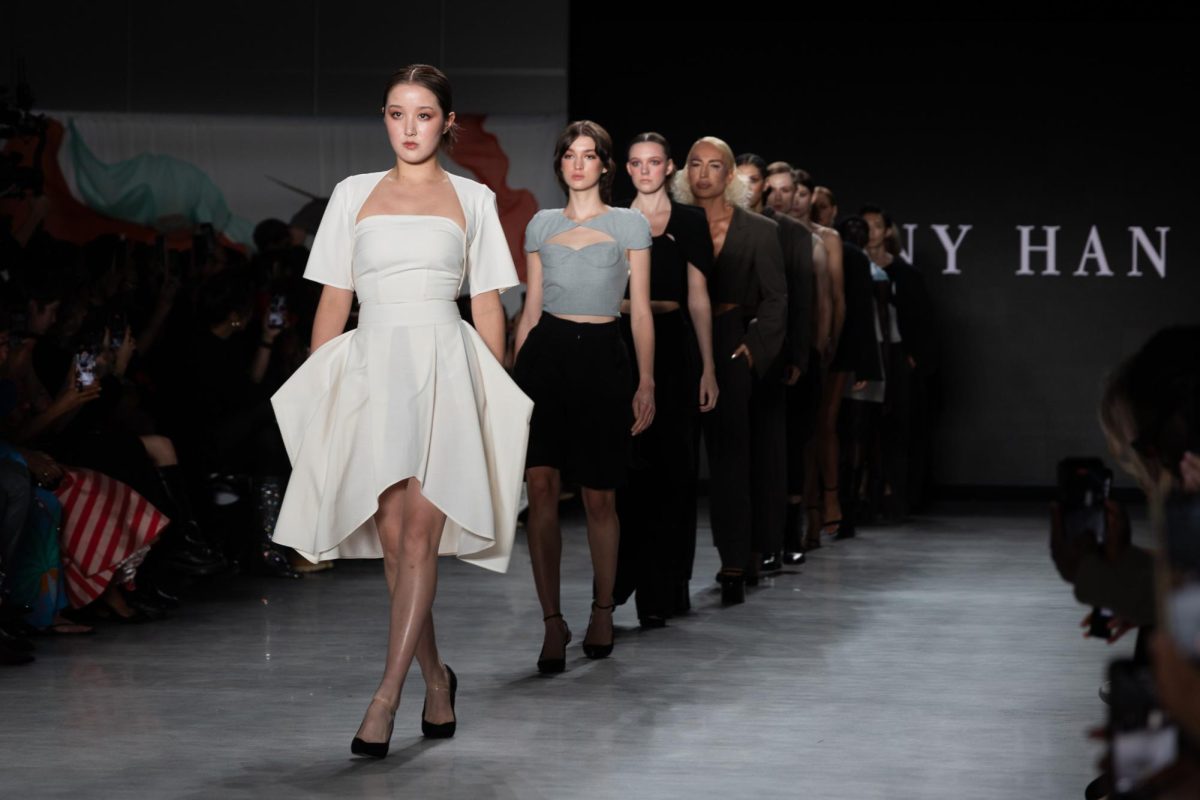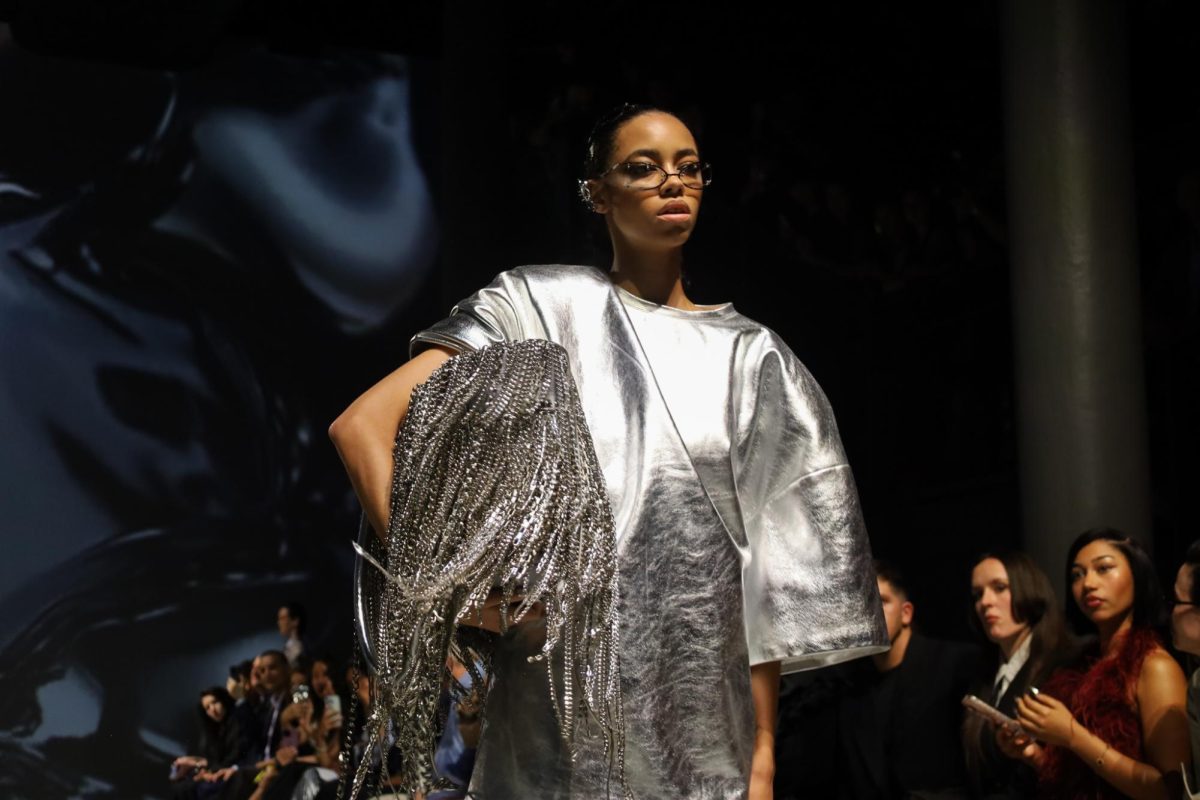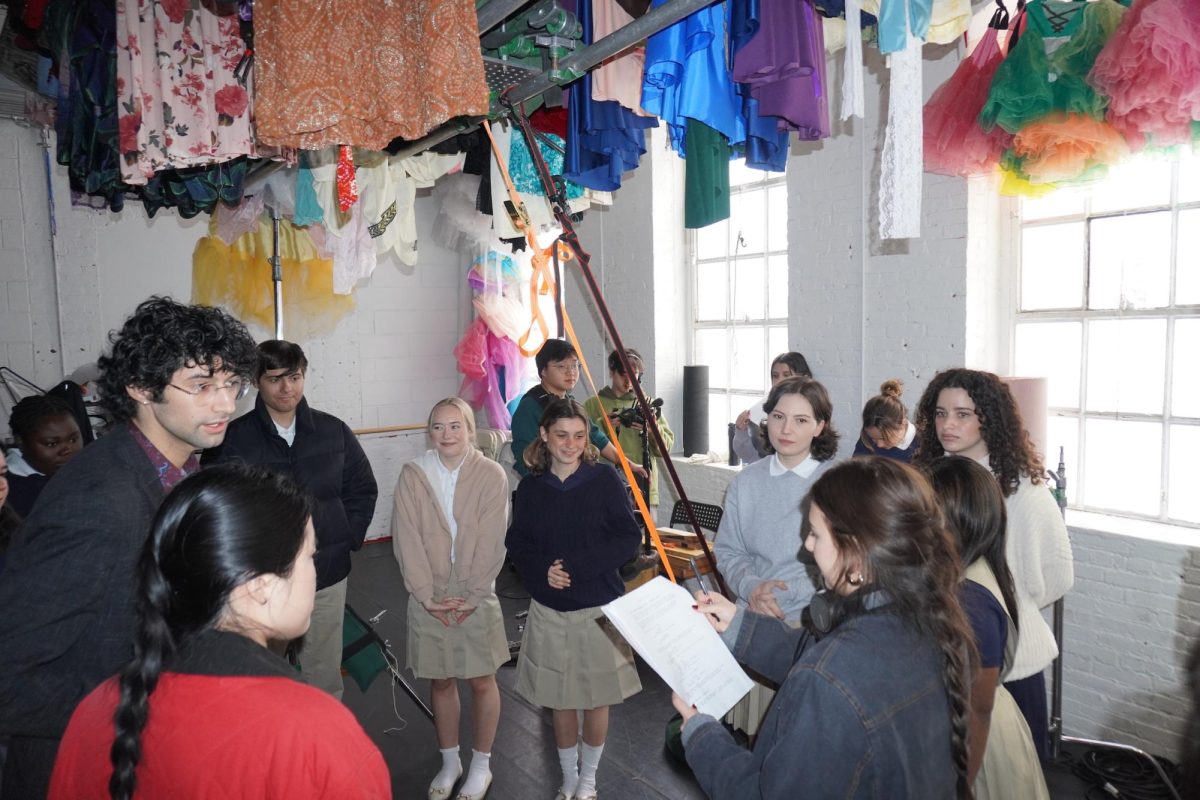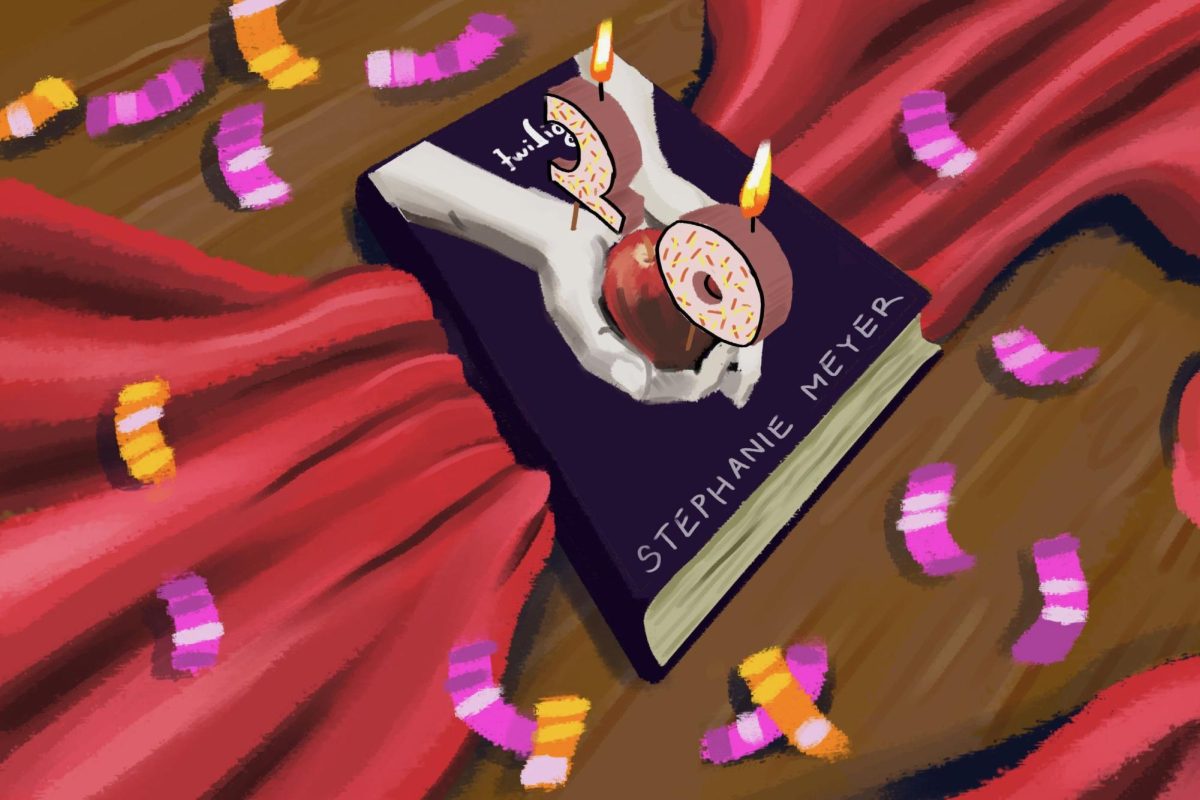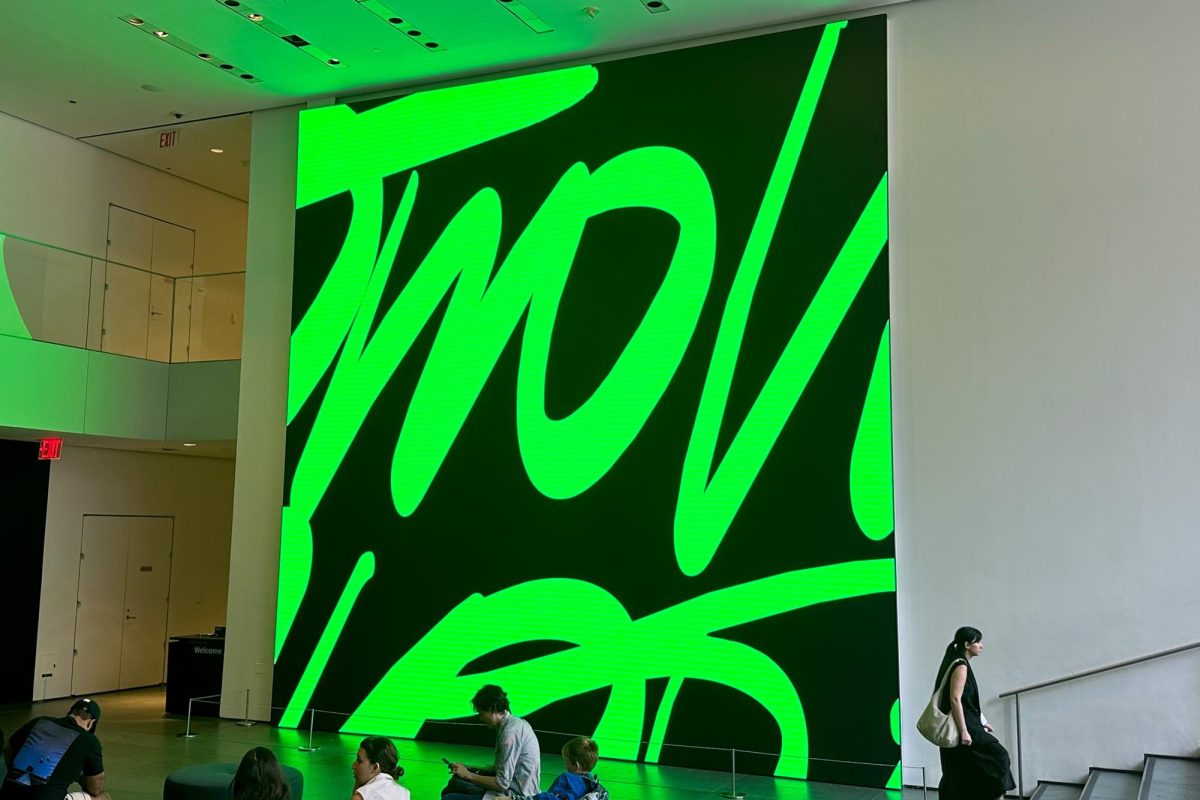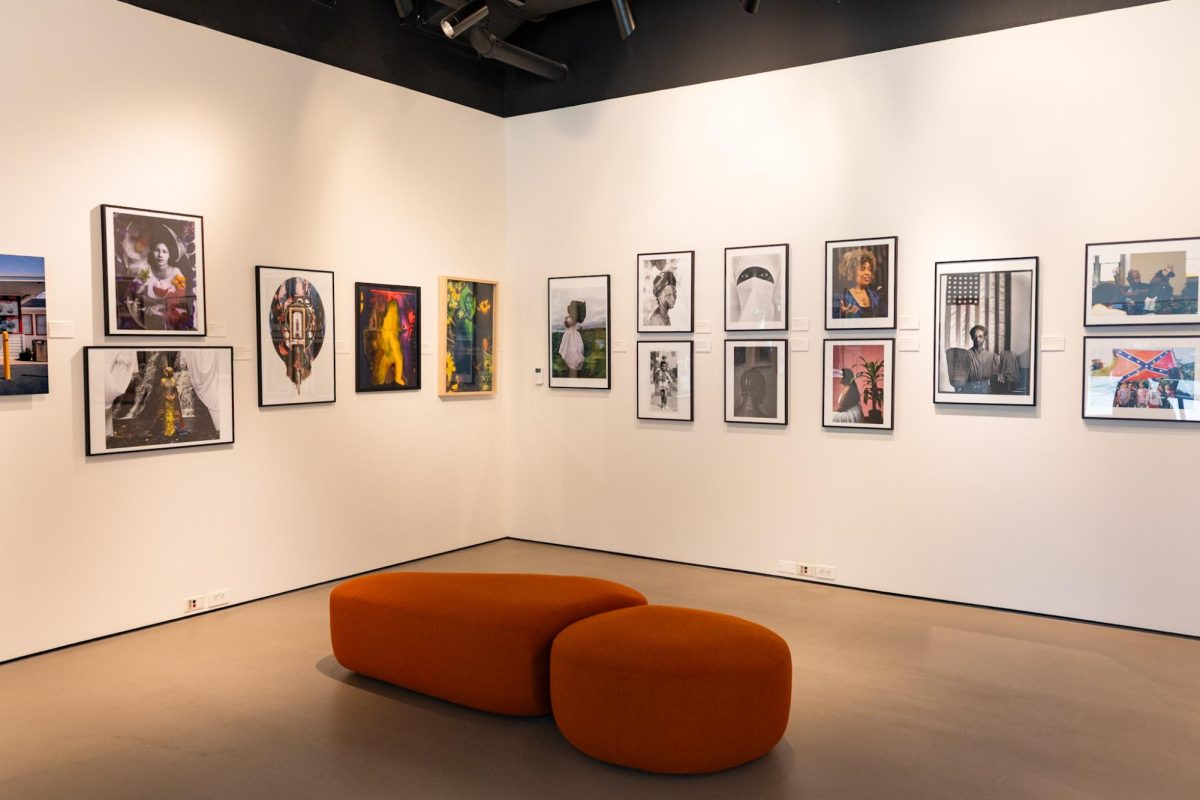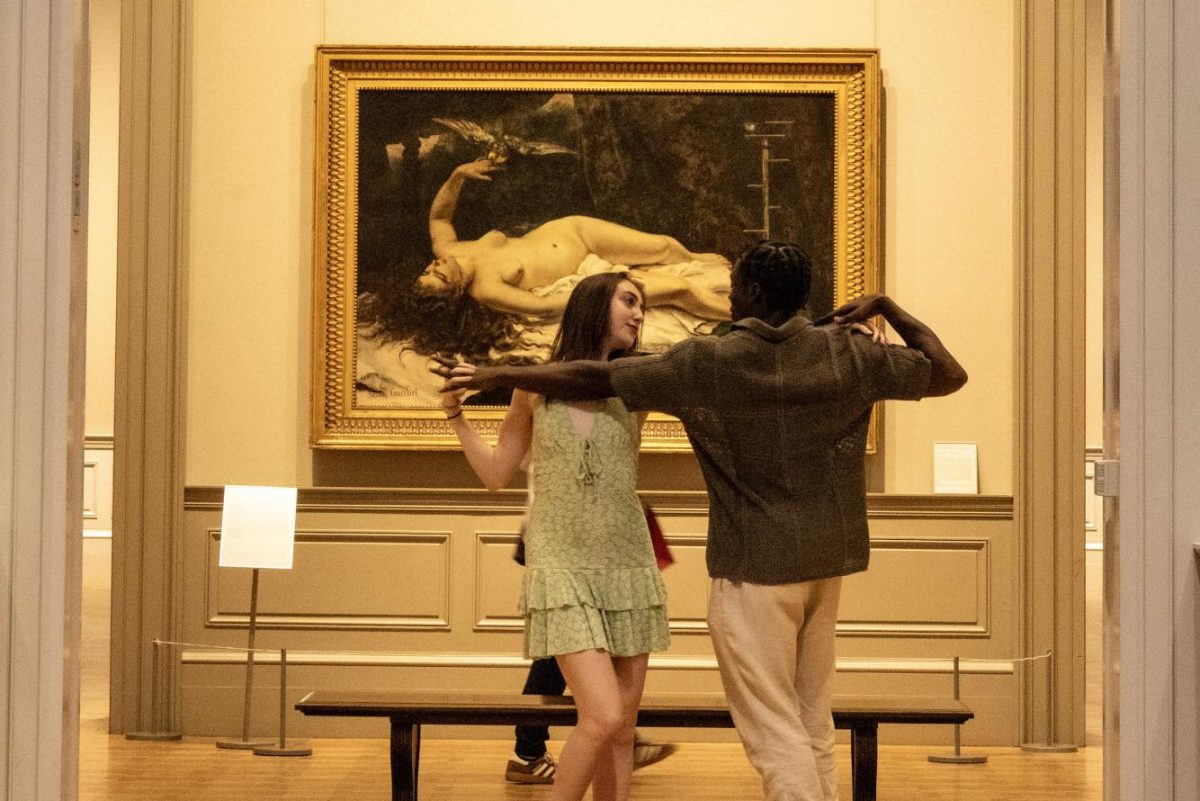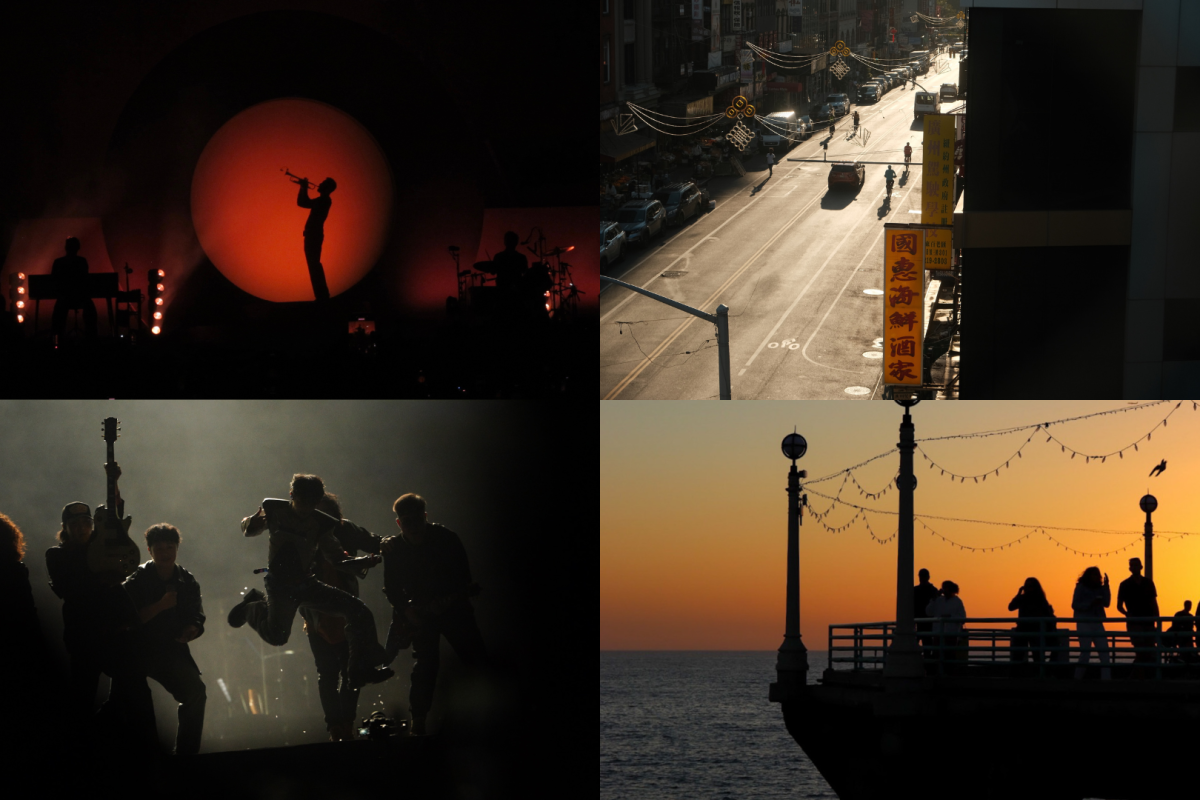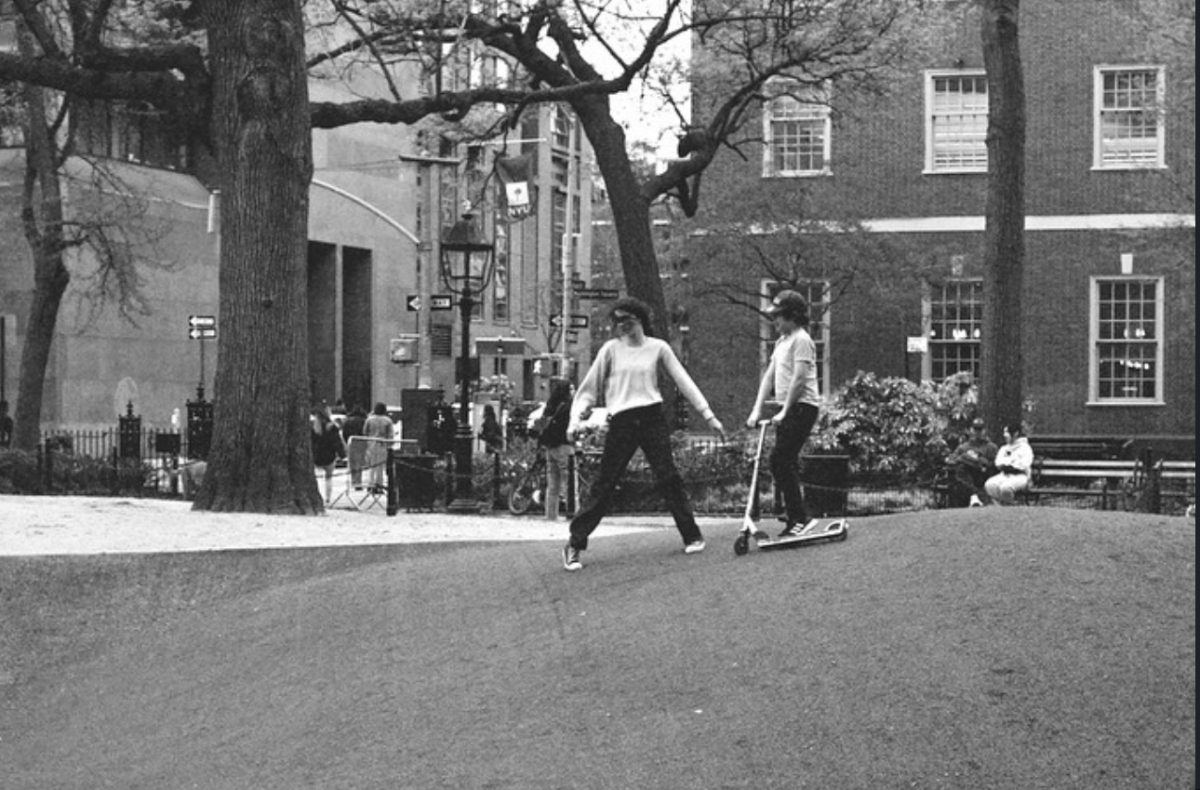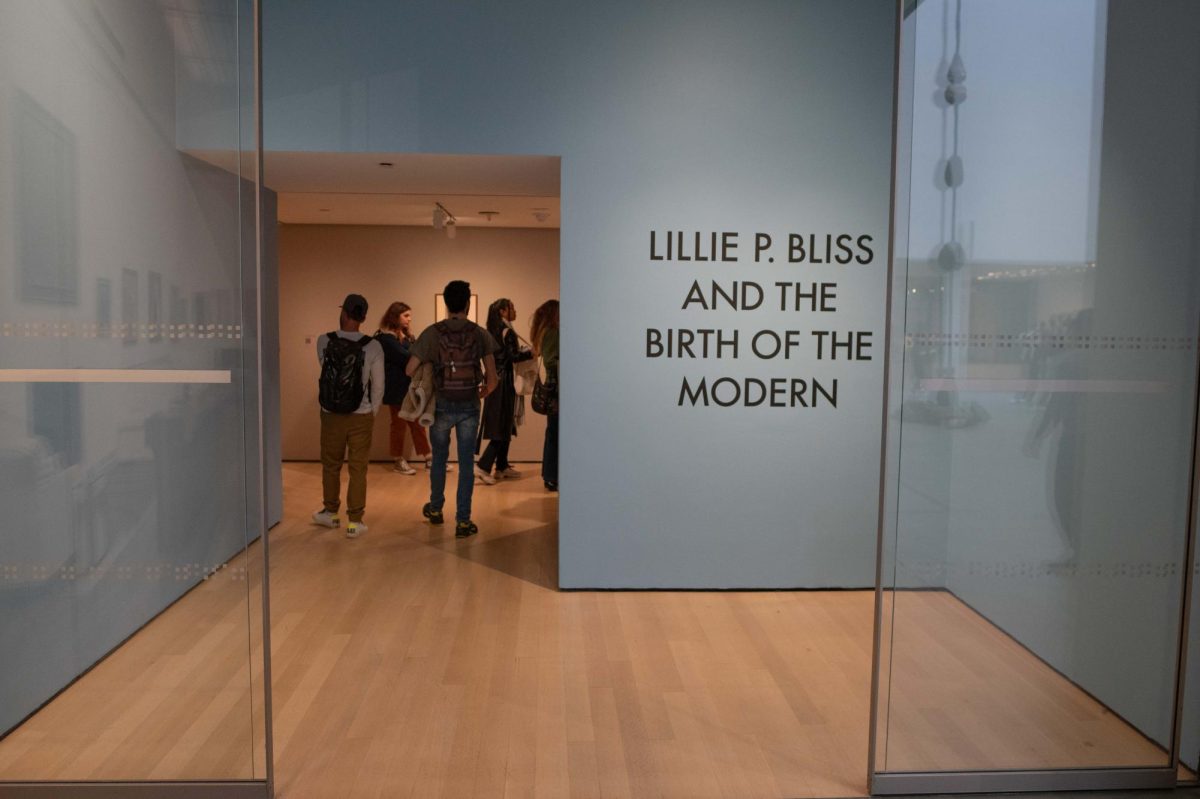During all open hours, hoards of people crowd in front of Vincent van Gogh’s “The Starry Night” in the Museum of Modern Art, impatiently waiting for their turn to take a selfie with the world-renowned piece. It’s hard to imagine that there was ever a time that Van Gogh and his contemporaries — like Pablo Picasso and Paul Cèzanne — were looked down on, their works dismissed.
Despite this, a few wealthy women saw these artists’ potential, collected their work and helped to forever change the legacy of modern art.
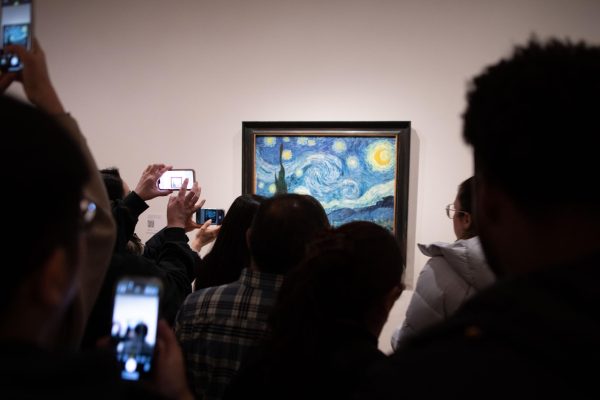
Among these women was Lillie Bliss, who co-founded MoMA with Abby Aldrich Rockefeller and Mary Quinn Sullivan in 1929. The museum is currently highlighting Bliss’ contribution to the cultural hotspot in an exhibition aptly titled “Lillie P. Bliss and the Birth of the Modern,” which is on view until March 29.
Bliss, born to wealthy parents who were part of the New York City elite, began collecting modern artworks by European artists such as Edgar Degas, Cézanne and Pierre-August Renoir at the beginning of the 1900s, anonymously lending her art to major modern art exhibitions.
MoMA opened in 1929, with Bliss acting as the museum’s first vice president. It was the first American museum devoted entirely to showcasing boundary-pushing modern art, undoubtedly helping the movement gain popularity.
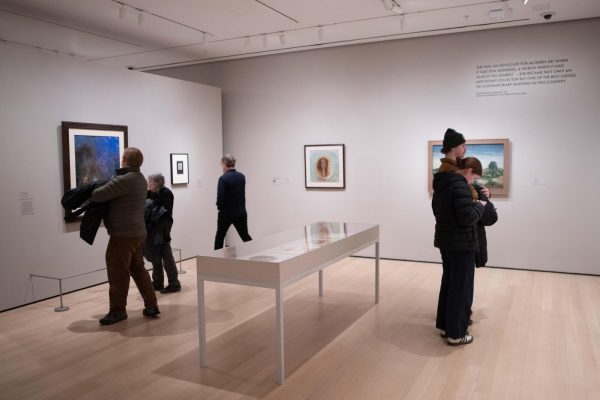
“The Birth of the Modern” includes fascinating archives from the museum’s early years in its display cases, including a letter written to attract members, opening with “there has been a constantly recurring criticism of the great art galleries and museums of the world — they concentrate too much attention on the art of yesterday and too little on that of today.” The letter goes on to explain the current and overarching goals of the institution: to showcase art by European and American modern artists, and, ultimately, permanently collect modern artworks — goals that have certainly been met.
The exhibition highlights many extremely well-known artworks, as well as lesser-known pieces — all of which, in some way, Bliss can be thanked for bringing into the museum’s collection.
Among the most famous works is Cézanne’s “The Bather,” a large, cool-toned oil painting showing a towering and nearly-naked man with a downcast expression walking alongside a body of water. Bliss loaned “The Bather” to the Metropolitan Museum of Art a few years prior to the opening of MoMA, and while it was there harsh critics viewed it as a prime example of the degeneracy of modern art, calling the movement both a “satanic cult” and “communist propaganda.” Clearly, this criticism did not deter Bliss from showing it off at MoMA, and today it is held with great reverence, often showing up in survey textbooks and modern art classes.
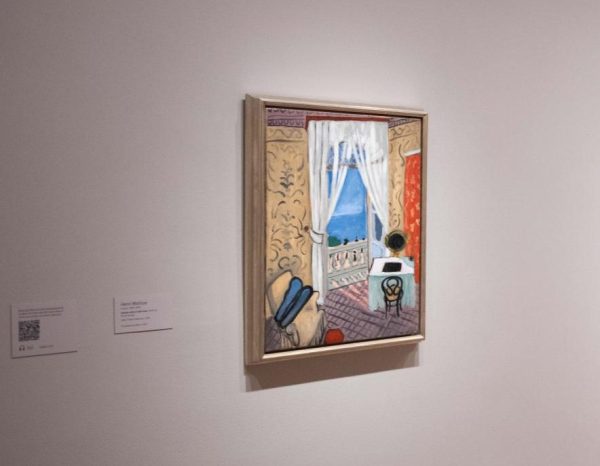
Similar early modern masterpieces collected by Bliss hang proudly on the walls, such as two Cézanne still lifes and Henri Matisse’s “Interior with a Violin Case,” painted during his early career. “Interior with a Violin Case” depicts a messily painted and brightly lit sitting room, with a vanity table overlooking the beach from an open terrace window.
Some of the lesser-known but equally striking works that Bliss collected and are in the show include a group of four of Picasso’s “pochoirs,” or stencil prints. The four small, vibrant artworks depict color-blocked and geometrically staggering abstracted human forms.
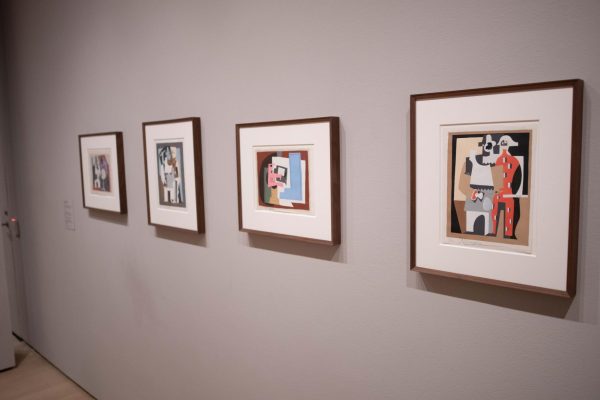
Some of the most famous artworks exhibited weren’t collected directly by Bliss, but visitors to MoMA can nonetheless credit her with their place in the museum’s collection. Bliss left her collection to MoMA upon her death and included the provision that the museum could sell some of her artwork in order to acquire new works.
“The Starry Night,” which takes center stage in the exhibition, is just one such example of such acquisitions, in addition to Picasso’s “Les Demoiselles d’Avignon,” a staple of the museum’s collection that still hangs in its usual spot in the permanent collection galleries.
Walking through “The Birth of the Modern” is an engaging and educational experience. The exhibition’s design — featuring light grey walls and a lack of background music — allows for a slow, contemplative viewing.
Above all, the exhibition makes space for a widely unknown female art collector, who helped bring the art world into its modern age while uplifting experimental and creative artists. A beautiful homage to one of the forces that turned modern art into what it is today, “The Birth of the Modern” is a must-see show for modern art lovers.
Contact Alexa Donovan at [email protected].









